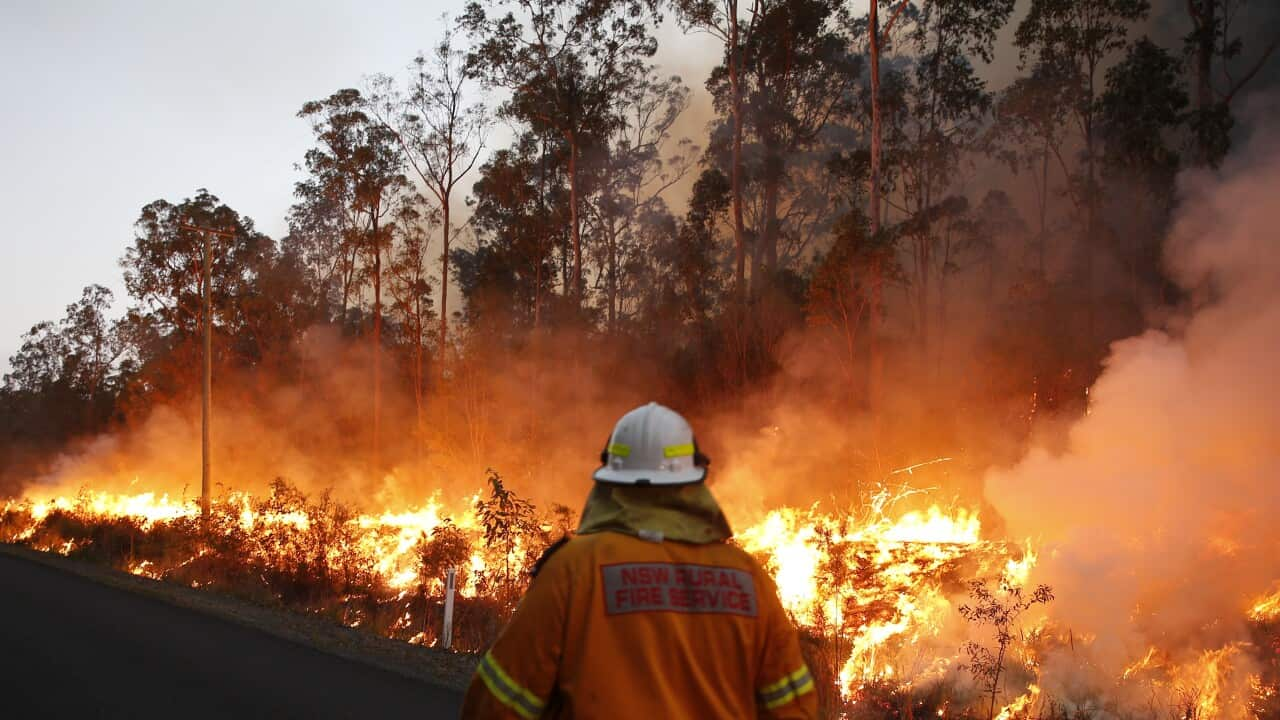Specialist Insights: Why Every Property Owner Needs a Thorough BAL Report
Specialist Insights: Why Every Property Owner Needs a Thorough BAL Report
Blog Article
Just How BAL Record Impacts Bush Fire Security Actions
In the realm of bush fire security, the Building Strike Degree (BAL) record stands as a vital device that substantially affects the safety and durability of residential properties in fire-prone areas - BAL Report. The impact of a BAL assessment prolongs far past simple documents; it functions as the keystone for identifying the suitable building and construction criteria and fire security procedures necessary to alleviate the threats presented by bushfires. As neighborhoods come to grips with increasingly serious fire periods, recognizing how the BAL record forms these safety procedures becomes critical for policymakers, property owners, and contractors alike
Understanding the Bushfire Strike Degree

Significance of BAL Report Analysis

Furthermore, the BAL record analysis offers as a fundamental action in abiding by lawful obligations and demands related to bushfire defense. Local councils and authorities usually mandate the entry of a BAL record as part of the planning and structure authorization process to guarantee that buildings are adequately secured against bushfire dangers. Stopping working to perform a comprehensive BAL record assessment can result in poor protection measures, leaving residential properties vulnerable to ravaging bushfire cases.
Construction Specifications Based on BAL
A thorough understanding of the Bushfire Attack Degree (BAL) enables property proprietors to apply construction criteria customized to their details danger account. Building and construction criteria based on BAL are essential in mitigating the effect of bushfires on properties. The BAL ranking classifies the potential threat a residential or commercial property deals with throughout a bushfire on a scale from BAL-Low to BAL-FZ (Flame Zone) Each BAL degree represents certain building and construction requirements outlined in the Australian Basic AS3959-2018 Construction of Buildings in Bushfire-Prone Areas. Residential properties identified as BAL-Low may just call for fundamental steps review such as removing particles and maintaining gardens, while those in greater BAL groups require more durable steps like coal screens, fire-resistant products, and secured windows. Sticking to these building and construction requirements not only boosts the architectural strength of the property yet additionally improves the general safety and security of residents during a bushfire event. For that reason, homeowner must very carefully consider their BAL ranking and comply with the matching construction standards to adequately guard their occupants and homes.
Carrying Out Fire Security Steps
With the foundation of building requirements based on Bushfire Strike Degree (BAL) in position, the focus now changes in the direction of the functional execution of fire defense procedures to fortify properties versus bushfire dangers. Executing fire protection actions includes a mix of passive and energetic techniques to enhance the durability of buildings more tips here in bushfire-prone locations. Passive actions consist of using fireproof building materials, installing coal guards on vents, sealing voids in roof coverings and walls, and keeping a clear space around the residential property without flammable plant life. Active procedures encompass having firefighting devices readily offered, such as hoses and water pumps, in addition to developing a defendable area around the home by getting rid of greenery and having a well-kept yard. Additionally, creating an emptying strategy and ensuring all locals know emergency situation treatments are critical components of efficient fire security actions. By incorporating both passive and energetic techniques, homes can considerably reduce their vulnerability to bushfire events and raise the safety and security of residents.
Safeguarding Residences Against Bushfires
Efficiently protecting homes versus the damaging impacts of bushfires needs a aggressive and extensive approach to fire security measures. Home owners living in bushfire-prone locations need to focus on the application of numerous techniques to boost their property's durability versus wildfires. One basic element is developing a defensible space around the home by keeping a clear area totally free of combustible products. This includes consistently trimming greenery, getting rid of dead plants, and making sure a risk-free distance in between trees and frameworks. Installing fire-resistant roof covering products can also dramatically decrease the danger of coal strikes and straight fire contact. Additionally, sealing visit this site vents and gaps to stop ember intrusion, in addition to integrating fire-resistant doors and windows, can help fortify the home's defense against bushfires. Purchasing a reputable water source, such as a well-maintained lawn sprinkler or a committed water container, is critical for providing water during fire emergencies - BAL Report. By welcoming a positive position and integrating these protective steps, home owners can significantly enhance their possibilities of securing their homes against bushfires.
Conclusion
In final thought, the Bushfire Strike Degree (BAL) report plays a critical duty in figuring out the necessary protection actions against bushfires. Executing fire protection procedures based on the BAL report is crucial in guarding properties from potential bushfire risks.
In analyzing bushfire danger to homes, understanding the Bushfire Strike Degree (BAL) is an important component for applying reliable defense procedures. In general, a clear understanding of the Bushfire Assault Level is vital for carrying out adequate protection steps and mitigating the effect of bushfires on residential or commercial properties.

Report this page